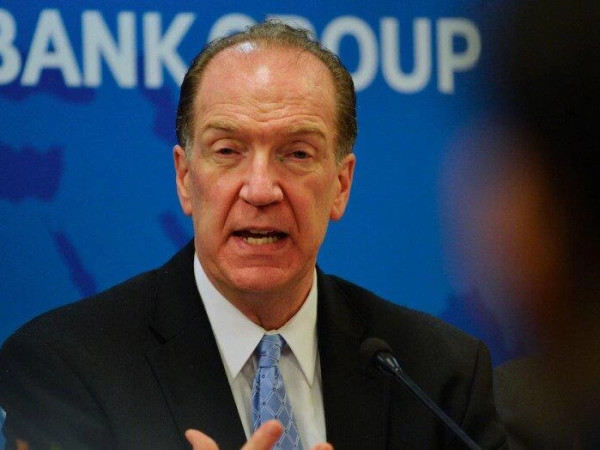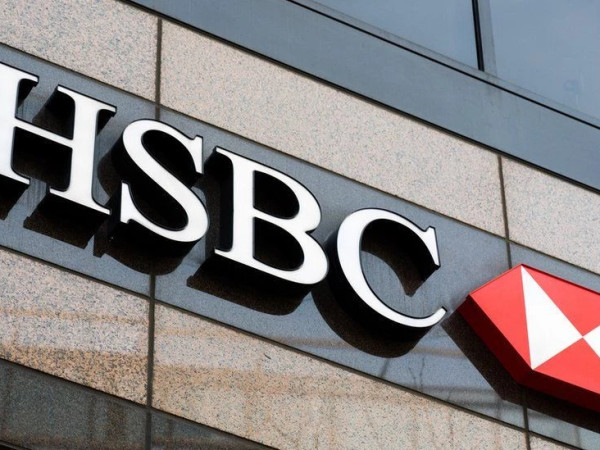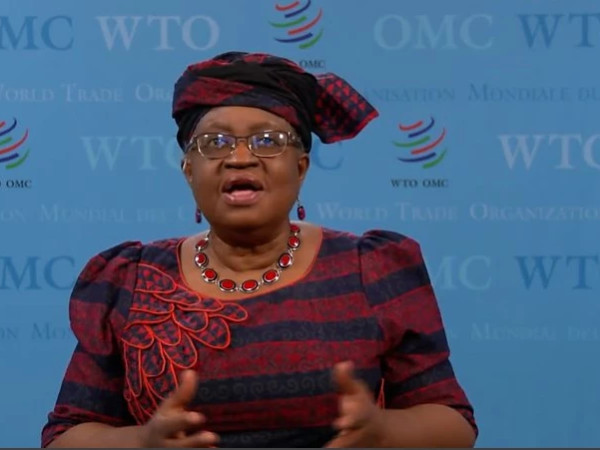In H1 2021, inflation in Ukraine will temporarily accelerate and breach the 5% ± 1 pp target range. The National Bank of Ukraine (NBU) will use the flexibility of its inflation targeting regime, allowing inflation to temporarily deviate from the target so that the economy can more quickly recover from the coronavirus crisis.
As a result, after contracting by 4.4% in 2020, the Ukrainian economy will return to growth of about 4.2% in 2021 and 4% in the medium term. At the same time, the NBU stands ready to raise the key policy rate to bring inflation to the target. This is according to the NBU’s January 2021 Inflation Report.
As a result, after contracting by 4.4% in 2020, the Ukrainian economy will return to growth of about 4.2% in 2021 and 4% in the medium term. At the same time, the NBU stands ready to raise the key policy rate to bring inflation to the target. This is according to the NBU’s January 2021 Inflation Report.
According to the report, the growth will continue to be mainly driven by private consumption, which will rise as household incomes increase further. Economic recovery will also be fueled by a revival in investment activity as global economy expands and business sentiment improves.
Following last year's significant surplus, the current account in 2021 will go back into deficit, which will widen further in the years ahead (to 4.9% of GDP in 2023). This will be driven by growing consumer demand and recovering investment activity. After the decline in trade last year due to the introduction of quarantine restrictions, exports and imports are expected to return to pre-crisis levels this year, and to gradual growth in 2022–2023.
Last year's low crop yields, rising energy prices, and further growth in consumer demand will spur price growth. Administered prices will continue to grow rapidly due to increases in electricity rates and excise taxes on tobacco products. An additional inflationary factor will be an increase in the minimum wage (by 20% in January and by another 8.3% in December). In 2021, inflation will be 7%. In 2022–2023, it will settle at the 5% target level.
Based on the above scenario, the NBU projects that the key policy rate may be raised in 2021. However, this rate will remain below its neutral level during 2021 and most of 2022. But if the increase in underlying inflationary pressures from consumer demand is not offset by other factors, and inflation expectations continue to deteriorate, the NBU will raise the key policy rate. The magnitude of the rate increase will depend on the strength of the impact from these factors.
Labor market conditions also are expected to improve further. Following an increase in Q4 2020 amid rising prevalence of disease and the imposition of new quarantine restrictions, unemployment will gradually decline (to about 9%) in 2021. However, rapid growth in labor costs of businesses will restrain the pace of that decline. Continued economic recovery and higher social standards will underpin the growth in household income. Nominal wages will be up by 16.6% in 2021 and by 9.3% in 2022. Real wages will rise by 8.3% and 3.6%, respectively.
The revised macroeconomic forecast is based on the assumption that Ukraine continues to cooperate with the IMF, and that there are no strict quarantine measures imposed in Ukraine and globally.















